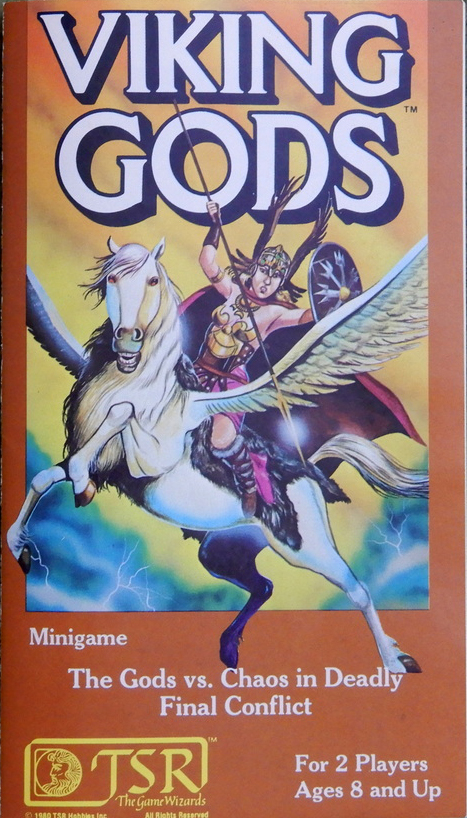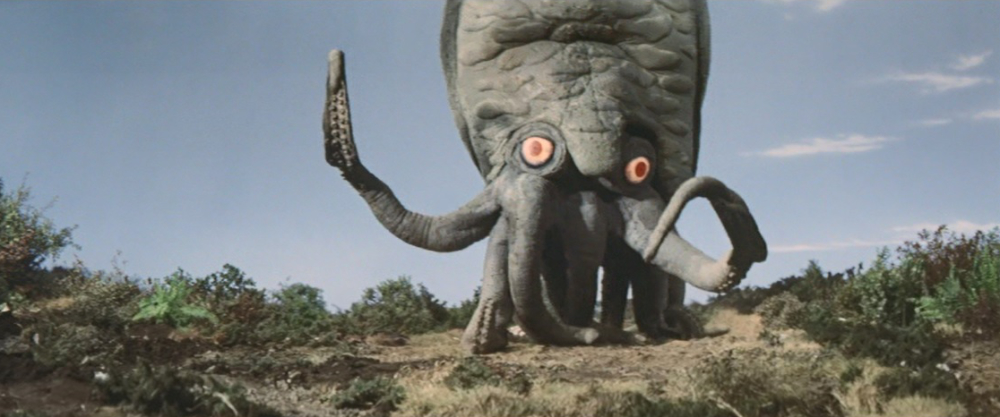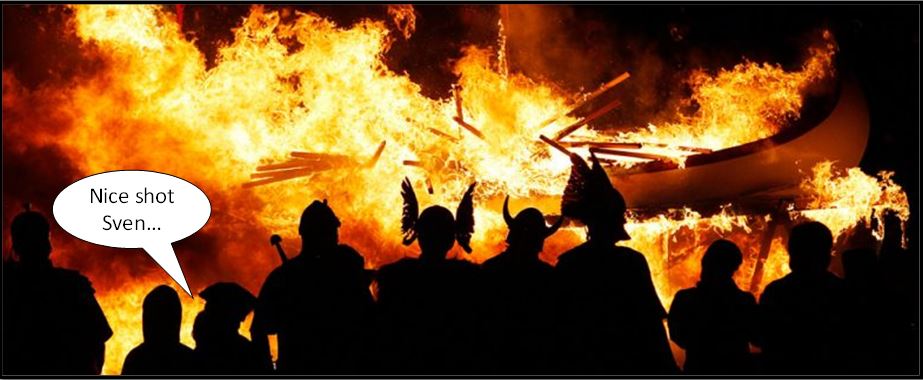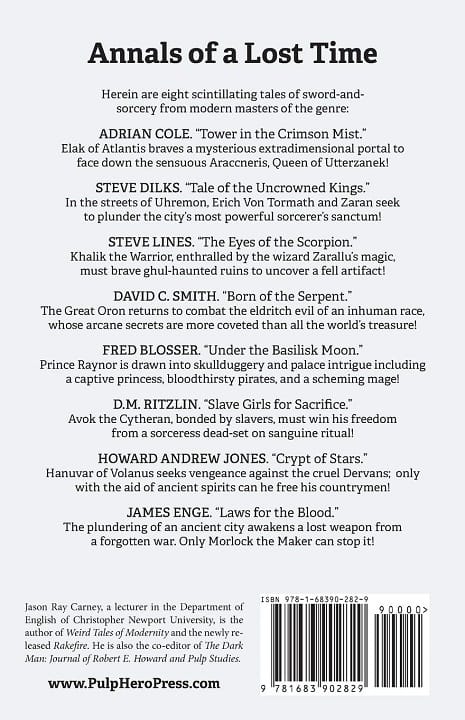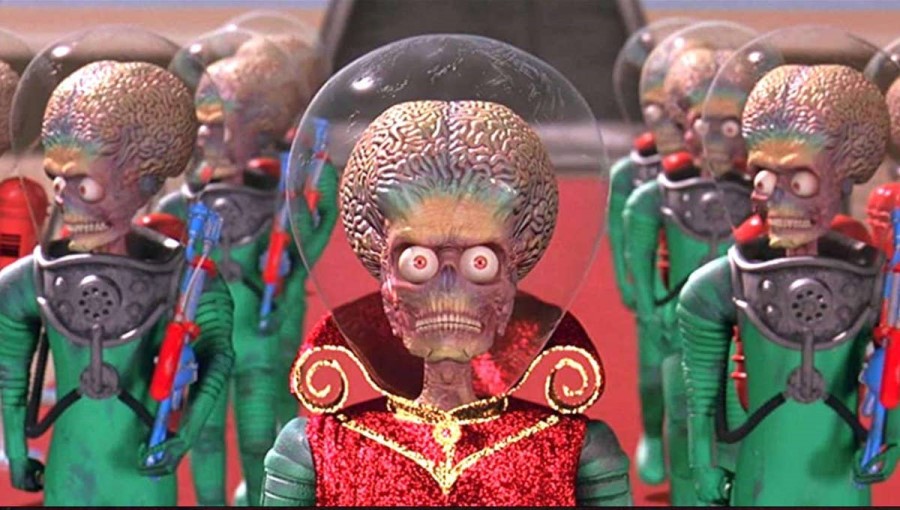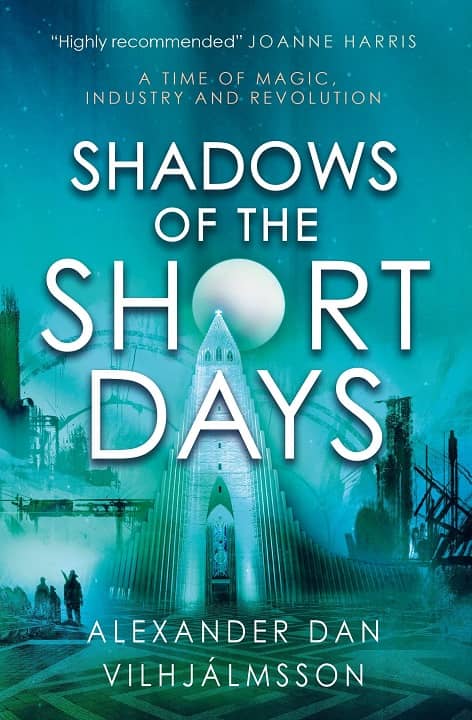Vintage Treasures: Weird Shadows From Beyond, edited by John Carnell
 |
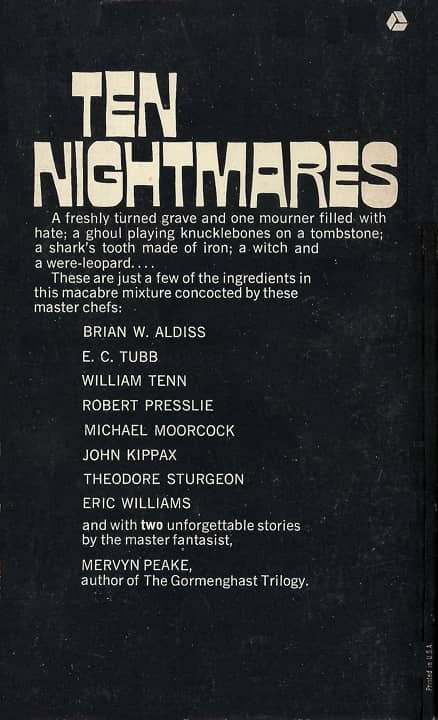 |
Weird Shadows From Beyond (Avon Books, August 1969). Cover by Josh Kirby
John Carnell edited the highly-regarded British SF magazines New Worlds (from 1946-64), Science Fantasy (1951-64), and Science Fiction Adventures (1958-63). In the US he’s probably best known an an anthologist, editor of the long-running New Writings in SF (21 volumes from 1964-72), and individual volumes like No Place Like Earth (1952), Gateway to Tomorrow (1954), and Lambda I and Other Stories (1964).
I found a copy of his slender 1969 anthology Weird Shadows From Beyond in a small collection I bought on eBay earlier this year. Carnell’s thoughtful introduction both intrigued me and nicely set the mood for the tales within:
A freshly turned grave with one mourner filled with hate; a telephone kiosk at night with something outside trying to get in; a ghoul playing knucklebones on a tombstone; a bodiless evening dress suit dancing in a moonlit glade; an iron shark hook; a handful of perfect teeth; a witch and a were-leopard — these are but a few of the ingredients which are an integral part of some of the stories in this collection of bizarre stories. Stories told with the consummate skill of modern writers, for the tree of the macabre has come a long way since its roots spawned in the day of the Gothic novel.
Doubtless those giants of yesterday — Poe, Blackwood, Dunsany, Lovecraft, Bierce, Wakefield, and the many others — would be pleased with their foster-children and somewhat amazed by present-day techniques of story-telling, yet, while more than half a century separates the old from the new, both classes of writer have the same aim in view; to entertain and at the same time to cause an occasional shudder or an uneasy feeling at dead of night.
Weird Shadows From Beyond contains ten short stories published between 1956 and 1964, seven of which were drawn from Carnell’s Science Fantasy magazine. They include an Elric story by Michael Moorcock, a pair of stories by Mervyn Peake, and stories by William Tenn, Brian W. Aldiss, Theodore Sturgeon, E. C. Tubb, an original story by Eric C. Williams, and others. Here’s the complete table of contents.
